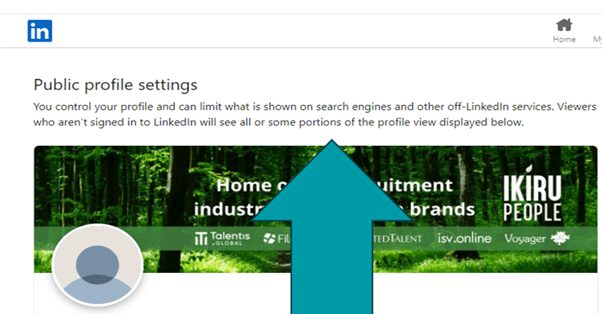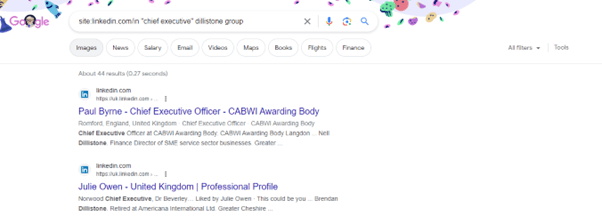
Anyone involved in executive research or candidate sourcing will be aware of the power of X-Ray searches. A simple Google command allowed any recruiter – regardless of LinkedIn Recruiter licence or LinkedIn network – to undertake powerful keyword searching across (virtually!) any LinkedIn profile. With Google’s keyword search algorithm being streets ahead of LinkedIn’s equivalent, results were often impressive.
Until now.
Recent weeks have seen headlines across social media highlighting the demise of this great tool. In short, LinkedIn took the decision to share less information with Google. This meant that Google’s ability to search LinkedIn successfully was significantly reduced.
Here’s why:
Historically, LinkedIn differentiated its profiles between private and public based on the preferences of the individual profile owner. The person (let’s say candidate) was able to share all or part of their profile with third party apps and, by default, LinkedIn would share the vast majority of the information unless the candidate specifically opted out.
Now though, LinkedIn overrules the specific settings of the user. Rather than sharing everything that the user wishes to share, LinkedIn now says that is will share “all or some portions of the profile”. Users can opt out of sharing – but they can not opt in to sharing everything.

As a result of this, when Google crawls the profile, sometimes it will see everything the candidate wishes to share – but typically it will not. On occasion, the valuable results will be little more than the name of the person and their current employer. Even worse, LinkedIn often shares information on “related people” – and this confuses Google even further. Take a look:

The Chief Executive of Dillistone Group Plc is Jason Starr. His profile on LinkedIn makes this very clear. However, X-Raying Google to find this information brings up two seemingly random people… Seemingly random until you realise that both individuals know someone with the surname “Dillistone” – and so Google has assumed this was relevant to the query.
So, what can the user do about it?
Well, LinkedIn’s preferred option – of course – is that you sign up for LinkedIn Recruiter. Recruiter is a really powerful search tool with lots of great features – but it’s pretty poor when it comes to keyword search (which was the strength of X-Ray) and, of course, costs a small fortune.
For many recruiters, a more palatable option might be to consider a tool such as Talentis. The Talentis platform incorporates 559M public profiles. Unlike Google’s X-Ray which only considers the content of a specific page, Talentis profiles are amalgamated from a variety of public sources across both people and companies with the core data being licenced from a multitude of third party data suppliers.
The Talentis platform essentially offers X-Ray search on steroids. Based primarily on keyword search, Talentis allows far more control over the query than Google ever did – target keywords against current job descriptions, or just job title, or company descriptions, or search with X miles of a specific City, or…
The changes to LinkedIn rolled out in December 2023. January 2024 was Talentis’ best ever month for new client signups. This is not coincidental – if you are missing X-Ray, book a Talentis demo now and see what you are missing!